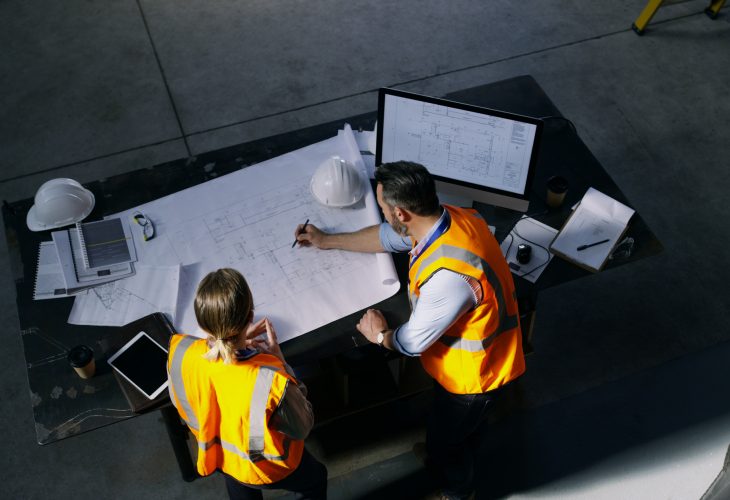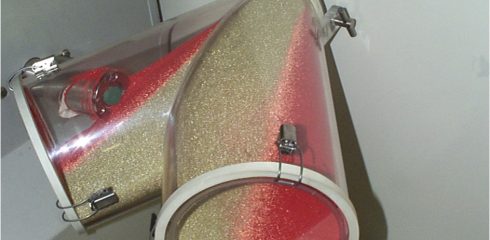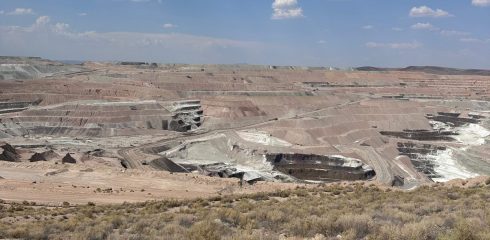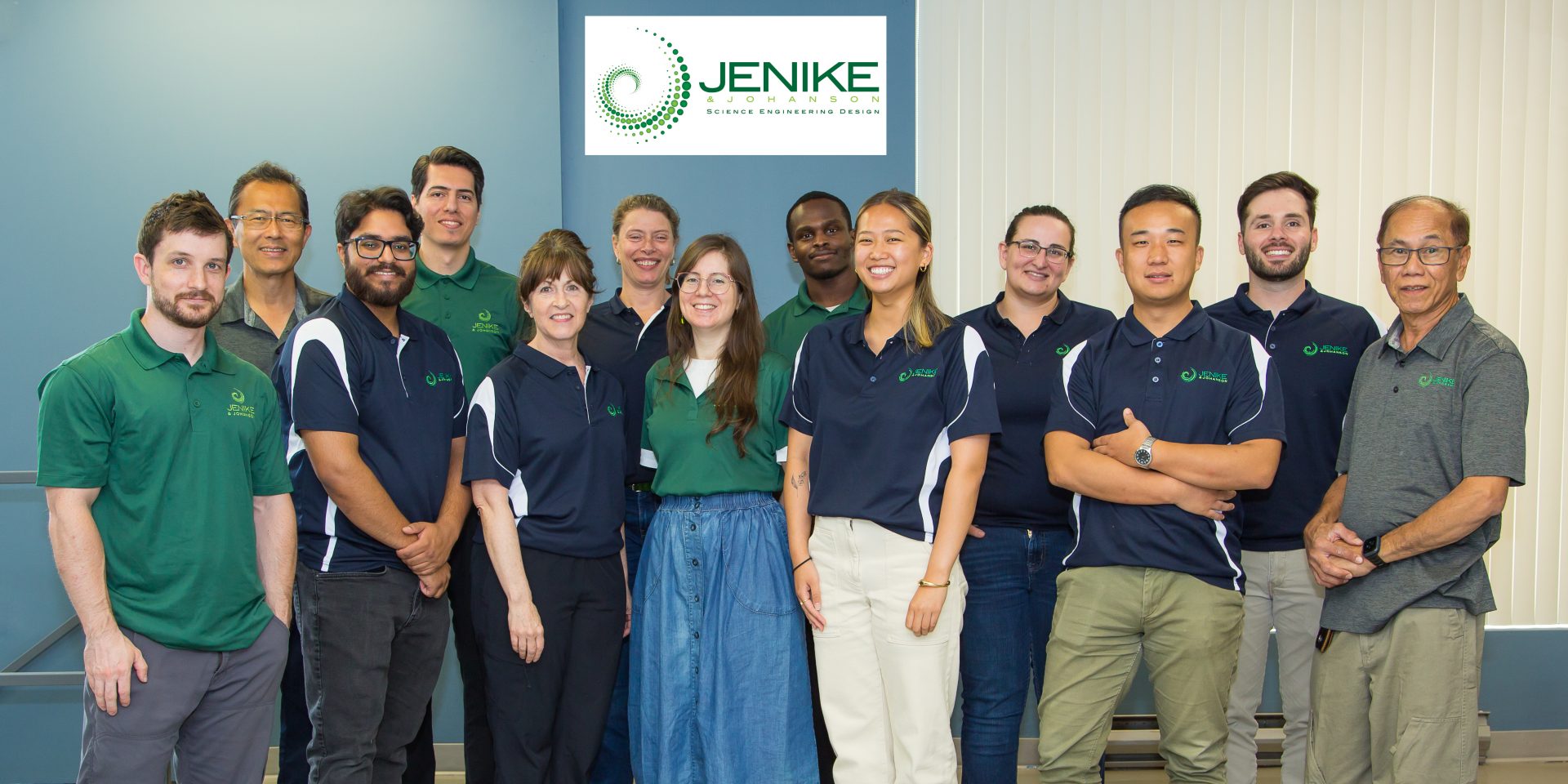 Open House – Jenike & Johanson Canada is Turning 50!
Open House – Jenike & Johanson Canada is Turning 50!
Overview
Pneumatic Conveyors Overview
Pneumatic conveying is the process of transporting bulk materials in a gas stream through a pipeline. If improperly designed/operated, a pneumatic conveying system can experience:
- Plugging or buildup – deposits leading to blockage or reduced throughput
- Throughput restrictions – conveying system cannot meet required capacity
- Elbow or line wear – abrasive wear of elbows/sweeps from hard bulk materials
- Particle attrition – tendency for particles to generate fines during transport
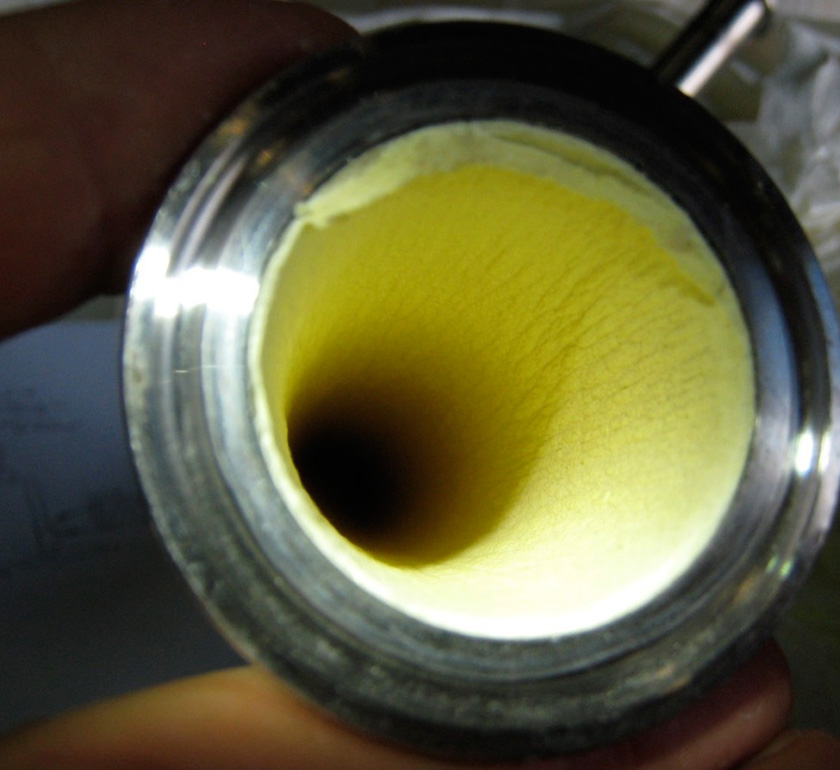
Build-up of powder.
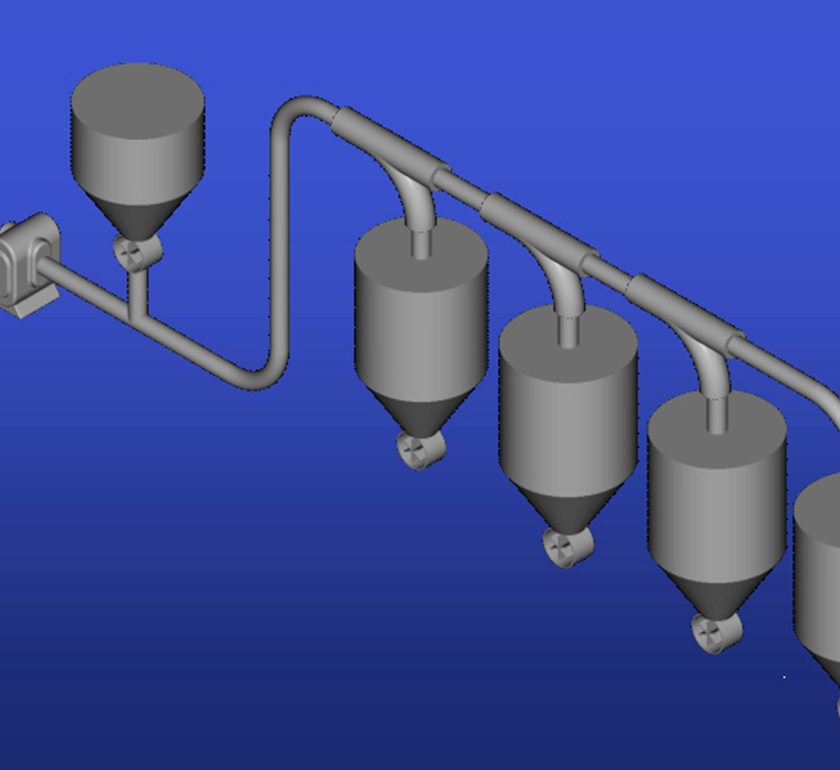
Pneumatic conveying layout.

